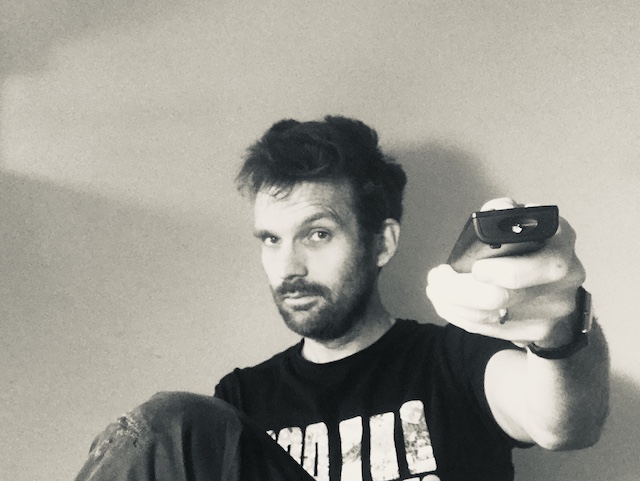Television, television television. Say it a few times in a row and it sounds a bit futuristic, of science fiction even. The ability to capture moving images and transmit them over space is incredible. Having not had a TV in the house for thirteen years I have been enjoying rediscovering this most twentieth century of media formats, and discovering, rather than futuristic, how out-of-date my expectations of the format are.
Our reasons for getting a tele were three-fold. One is to give people who stay in our house something to do in the evenings. For visiting family it is what they are used to doing in the evenings. But perhaps more importantly, we aim to be an open household, able to give someone a place to stay when they need it. When you don’t know someone very well, then putting on the box is a low intensity way of spending time with one another.
The second reason is to draw people out of their bedrooms and their private screens and back into a shared, negotiated space. While we haven’t had a tele for thirteen years, in that time, the ability to watch TV has bypassed the television and teleported to the numerous screens in our house; until recently while we didn’t have a set, you could tune in on at least eight different devices including, probably, the washing machine. So without a tele, television-watching has bypassed the common space and entered the distributed, privatised space of the screen.
The third is to return to the ritual of shared TV watching, the programme we all want to tune into. The weekly habit of watching a particular show. It provides a welcome, easy rhythm to the week, especially after circa six months of lockdown of one form or another.
But, as I shall describe tomorrow, getting a TV is not as straightforward as I expected.


Leave a Reply